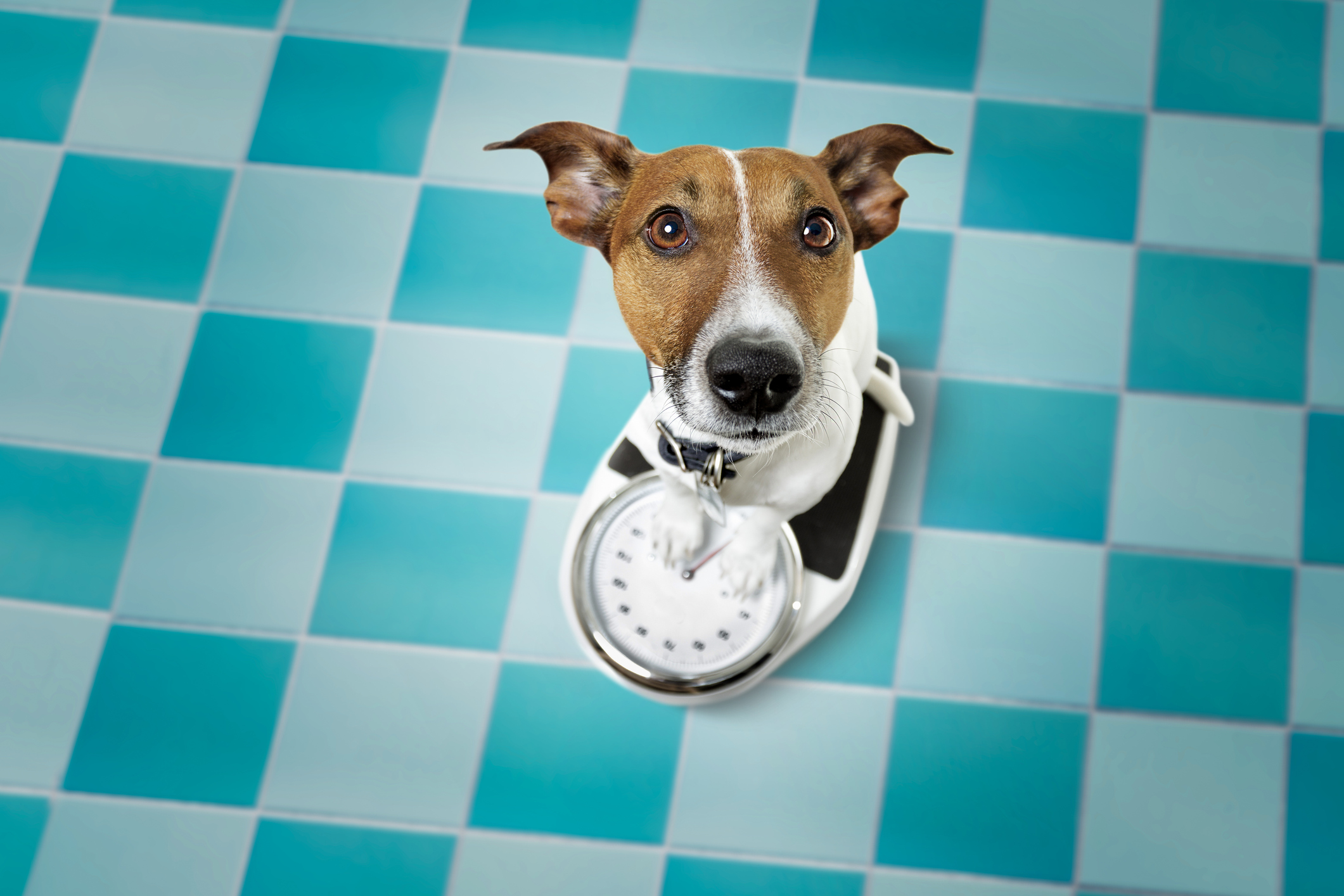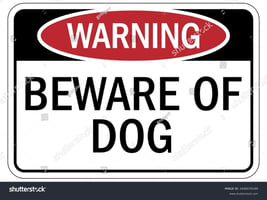Friends of the Riney Canine Health Center, Thank you for joining our pack! I’m Brian Collins, an...
Obesity and Our Dogs Health - August 2023

Friends of the Cornell Riney Canine Health Center,
This month (and every day), I’m thinking about how lucky we are to have dogs in our lives. I want your dog (and my dog, Mishka) to live forever. As a compromise, I’ll settle for helping them live an excellent quality of life for a very long time. And that’s what I love about being part of the Riney Canine Health Center — working together to give dogs longer, healthier, happier lives.
We often think about five domains for evaluating animal welfare: nutrition, environment, health, behavior and mental state. This month, I want to touch on a topic that is impacted by a few of these areas: obesity. While it can sometimes be an uncomfortable conversation, it’s still an important one. We know that approximately 56% of U.S. owned dogs are overweight or obese, and when the percentage of overweight dogs outnumbers the portion of dogs at their ideal weight, then we have a much bigger problem on our hands.
Obesity affects nearly every major organ and body system, and often leads to shorter lifespans. Many factors can contribute to obesity, and some are harder to control than others (such as genetics, certain medications or medical conditions like hypothyroidism and Cushing’s Disease). In an otherwise healthy dog, feeding patterns are the most common cause of obesity — high fat and low fiber diets, free-choice feeding instead of portioned feedings, and excessive treats or table scraps.
Having an excessive amount of fat cells releases pro-inflammatory mediators, which can contribute to the development of arthritis by perpetuating the inflammation process over time. The extra weight increases the stress on the dogs' bones, joints and muscles, making the risks of arthritis worse. Since this condition affects at least 25% of the dog population, it's important to understand how successful weight management can improve other aspects of your dog's life too.
You can truly make significant improvements to your dog’s health with just a few simple changes. First, try not to focus on any guilt or shame you feel that something is off with your dog (I know I fall into this self-constructed trap sometimes too!). After we know better, then we can do better. And remember, your dog’s weight loss journey is not a race, and it’s normal to face many challenges along the way. (Your dog will still jump to catch any food your toddler drops on the floor, and we know some breeds — like yellow labs — are famous for their insatiable appetites).
Start by determining your dog’s ideal body weight. Your veterinarian will evaluate your dog and rank them with a body condition score (BCS) of 1-9, with 4 or 5 being ideal. An ideal weight allows the ribs to be felt but not seen, and your dog should have a tucked abdomen when viewed from the side and a tucked waist when viewed from above. Each point deviating away from the ideal is 10% of their weight. So, if you get your dog’s record back after a trip to the veterinarian and they are listed as “BCS 7/9,” that means they are 20% over their ideal body weight. Even weighing just 10% above their ideal body weight makes a dog overweight. If a dog weighs more than 20% over their ideal body weight, they are considered obese.
After you determine your dog’s target weight, you can work with your veterinarian on a weight loss program to achieve this goal. To get a sense of your current food patterns and how to cut back on calories, I like to ask pet parents about what food their dog currently eats, how much they get per day, and what treats or table scraps they usually receive.
Many dogs do better with a diet intended for weight loss because these foods have lower calories per cup, as well as higher fiber and lower fat. When a dog is on a weight loss plan, having higher fiber and lower calories per cup helps them consume a greater volume, feel satisfied and not exceed their daily caloric limits. (This will also help keep your dog’s appetite in check and keep them from being tempted to scrounge for off-limits food!)
As a general guide, I like to pick a weight-loss food with around 300 calories per cup, (you can find this information somewhere in tiny font on the back of the bag), and your veterinarian will have recommendations for brands too. If you only use their regular diet (also known as a “maintenance” diet) and restrict their feeding amount, they can potentially develop nutritional deficiencies, so make sure to check with your veterinarian about this approach.
If you want to get a jump start before your next appointment, then eliminate all treats. (If you are training your dog, try using portions of their allocated diet, or the wet-food version of their diet as treats). Physical activity can help with a weight loss plan, but it won't make enough difference without dietary changes too. Low-impact exercises like walking or swimming will help your dog lose weight while maintaining muscle mass and joint mobility.
Finally, I recommend weighing your dog every two weeks. We can expect a dog to lose 1-2% of their body weight per week while they’re on a weight loss plan. For example, a 50-pound dog could safely lose between a half and a whole pound in a week. Any faster might not be safe (or indicate a health problem), and any slower might mean we need to make adjustments to the plan.
For more information, check out some of our related health topics.
● Obesity and weight management
● Osteoarthritis
● Hypothyroidism
● Cushing's Syndrome
We hope this information gives you and your dog some (moderately portioned) food for thought.
We look forward to catching up with you next month.
Dr. Aly Cohen
Extension associate
Cornell Richard P. Riney Canine Health Center

-1.jpg?width=50&name=Aly%20in%20RCHC%20shirt%20(+%20Mishka)-1.jpg)



